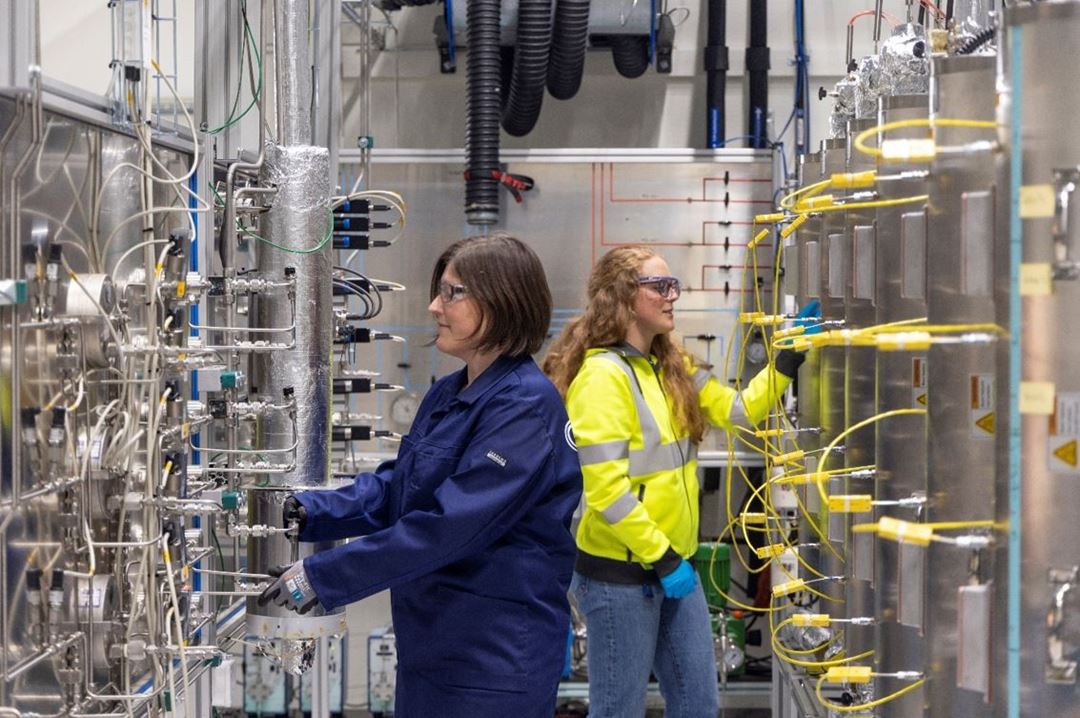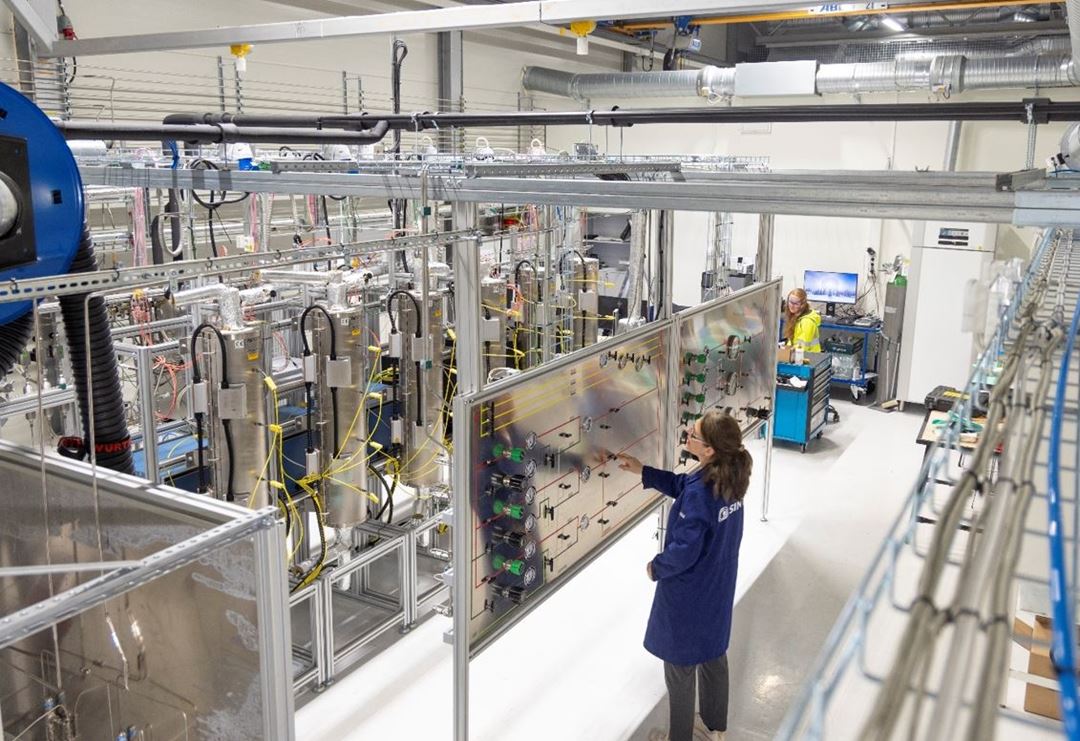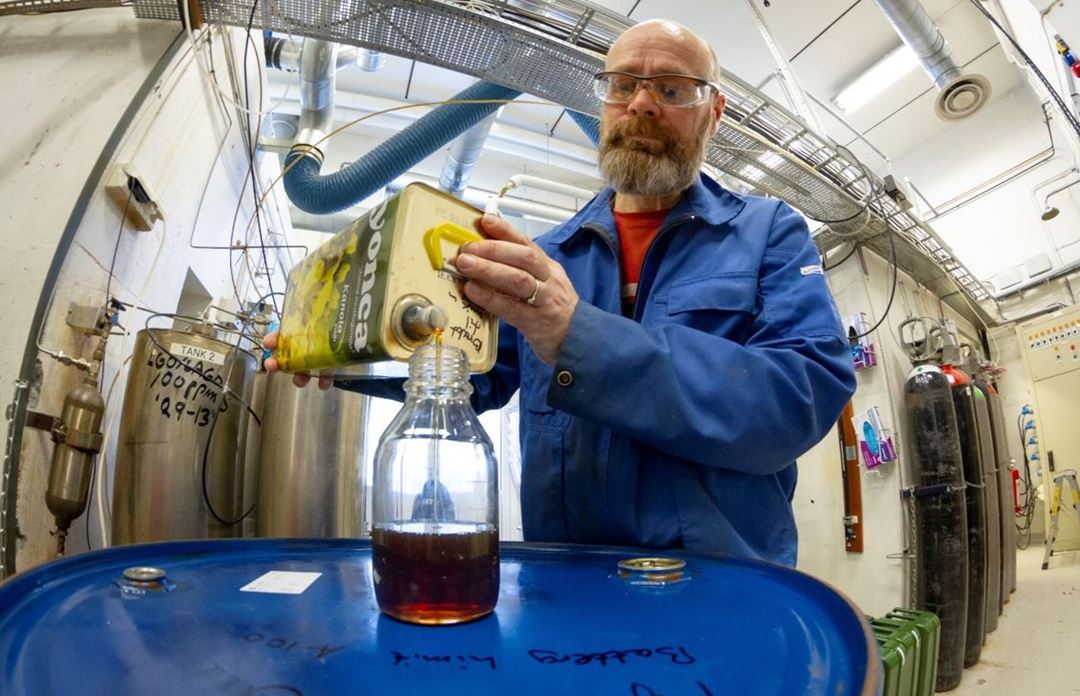This plant primarily focuses on the upgrading of bio-oils, pyrolysis oils, and other biologically sourced raw materials, as well as various oil fractions from refineries. The project has been in continuous operation since 1981 and is conducted in close partnership with both industry and academia. The laboratory has played a crucial role in assisting the industry in making informed technology decisions that promote more environmentally sustainable processes.
Services
SINTEF provides direct contract research for the industry alongside research activities supported by the EU or the Research Council of Norway related to catalytic processes. Notable processes include catalytic reforming, naphtha isomerization, and hydrotreatment of bio-oils and oil fractions derived from refineries. The objective is to determine the most effective catalyst technology and optimal operating conditions for processes that are environmentally friendly, energy-efficient, and cost-effective. The lab is built to be flexible, and the process lines can easily be adapted to different needs.
Process lines 1 - 3
This part of the laboratory features three parallel reactor lines where the feedstock is introduced in the gas phase and reacts over a catalyst bed. An example of this is catalytic reforming of naphtha, where naphtha is processed to enhance the octane number and comply with gasoline fuel specifications. The development of this process has been crucial in offering valuable recommendations to refineries to adhere to new emission standards, such as eliminating lead and decreasing the aromatic content in gasoline.
The reactors are operated under isothermal conditions, utilizing electrical heating across multiple zones. Liquid feed and gas are supplied separately to each reactor, with separate control over temperature and pressure.
Equipment
- Fixed-bed reactors
- 300 ml total volume, 50 ml catalyst
- 1" pipe (di = 19.3 mm), 1.25 m length
- Temperature: 20 - 600 °C, furnace with 4 heating zones, multi-thermocouple (5 points)
- Pressure: 0-30 bar
- Feed rates
- Liquid feed: 0-220 ml/h
- Gas: 0-2000 ml/min
- Product distribution measured by online GC analysis
Process lines 4 - 6
This part of the laboratory processes oil fractions, such as bio-oil and pyrolysis oil, using hydrogen to ensure the final product complies with fuel specifications. A key objective is the elimination of sulphur.
The facility is equipped with three isothermal fixed-bed reactors, each featuring independent control of temperature and pressure, along with separate inputs for liquid feed, hydrogen, and other gases. These units are intended for continuous operation. The laboratory is outfitted with technology to treat emissions of H2S and NH3 through photooxidation and carbon filtration.
Equipment
- Trickle-bed reactor unit
- Fixed-bed reactor units
- 200 ml volume
- 0-3000 ml/min gas feed (hydrogen)
- 0-400 ml/h liquid feed (gas oil, bio liquids)
- Operating in "upstream" or "downstream" mode.
- Designed for temperatures between 20-600 °C, furnaces with 4 heating zones equipped with a multi-thermocouple (6 points)
- Designed for total pressure of 100 bar.
- "Industrial conditions" have been validated
- In-house instruments for off-line analysis of liquid feed and product
-
- Antek ElemeNtS analyzer to measure total sulfur content and total nitrogen content
- Elementar OXY cube to measure total oxygen content
- Agilent Intuvo 9000 SimDis to determine boiling point range distribution
- JFA-70Xi-PC Jet & Diesel Fuel Analyzer to measure freeze point, viscosity, density, cloud and pour point.
- Anton Paar Density Meter to measure density
- Karl Fischer titrator to measure water content
Some recent and ongoing projects
- Fastcard (2014- 2018)
- 4Refinery (2017-2021)
- Waste to road (2018 – 2022)
- Refolution (2023- 2026)
- Fuel-up (2024 – 2027)
- Confidential industry projects for clients within oil refining and petrochemical processes
References
-
Steiner, P. and E.A. Blekkan, Catalytic hydrodesulfurization of a light gas oil over a NiMo catalyst: Kinetics of selected sulfur components. Fuel Processing Technology, 2002. 79(1): p. 1-12.
-
Mejdell T., Myrstad R., Morud J., Rosvoll J.S., Steiner P., Blekkan E.A. A new kinetic model for hydrodesurfurization of oil products, in Studies in Surface Science and Catalysis. 2001. p. 189-194.
-
Myrstad R., Rosvoll J.S., Grande K., Blekkan E.A. Hydrotreating of gas-oils: A comparison of trickle-bed and upflow fixed bed lab scale reactors, in Studies in Surface Science and Catalysis. 1997. p. 437-442.
-
M. Rønning, T.G., R. Prestvik, D.G. Nicholson, A. Holmen, Influence of Pretreatment Temperature on the Bimetallic Interactions in Pt-Re/Al2O3 Reforming Catalysts Studied by X-Ray Absorbtion Spectroscopy. Journal of Catalysis, 2001. 204: p. 292-304.
-
Prestvik, R., Totdal, B., Lyman, C. E., Holmen, A., Bimetallic particle formation in Pt-Re/Al2O3 reforming catalysts revealed by energy-dispersive X-ray spectrometry in the analytical electron microscope. Journal of Catalysis, 1998. 176(1): p. 246-252.
-
Prestvik, R., Moljord, K., Grande, K., Holmen, A., The influence of pretreatment on the metal function of a commercial Pt-Re/Al2O3 catalyst. Journal of Catalysis, 1998. 174(2): p. 119-129.
-
Gjervan, T., Prestvik, R., Tøtdal, B., Lyman, C.E., Holmen, A., The influence of the chlorine content on the bimetallic particle formation in Pt-Re/Al2O3 studied by STEM/EDX, TPR, H2 chemisorption and model reaction studies. Catalysis Today, 2001. 65: p. 163-169.
-
Moljord, K., Hellenes, G.H., Hoff, A., Tanem, I., Effect of Reaction Pressure on Octane Number and Reformate and Hydrogen Yields in Catalytic Reforming. Industrial & Engineering Chemistry Research, 1996. 35(1): p. 99-105.
-
Gjervan, T., Studies of Bimetallic Particle Formation in Reforming Catalysts, Doctor of Engineering Dissertation, The Norwegian University of Science and Technology, 2000
-
Prestvik, R., Characterization of the metal function of a Pt-Re/Al2O3 reforming catalyst, Doctor of Engineering Dissertation, The Norwegian University of Technology, 1995
-
Gjervan, T., Prestvik, R. and Holmen, A.: "Catalytic Reforming" in Basic Principles in Applied Catalysis, Baerns, M. (Ed.) (Springer, Berlin 2003) 125-158
-
Prestvik, R., Moljord, K., Grande, K., and Holmen, A.: Compositional Analysis of Naphta and Reformate" in Catalytic Naphta Reforming, Antos G.J. and Aitani, A.M.(Ed.) (Marcel Dekker, New York 2003) 1-33



